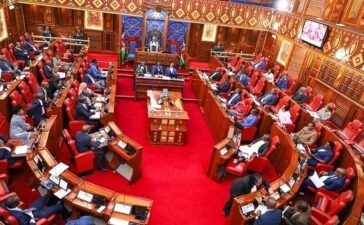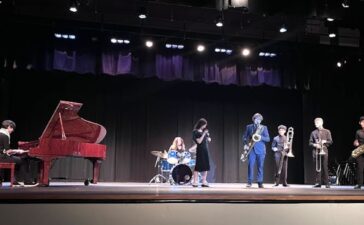
The city has approved more than $50 million in housing funds that will create more than 1,000 units of affordable housing, hundreds of which will serve as permanent supportive housing for people who are currently homeless.
Last week, the Austin Housing Finance Corporation voted in support of completing nine funding agreements with a variety of affordable housing providers and other developers, who are working on housing projects in City Council districts 1, 2, 3, 7, 8 and 9.
Jamie May, housing and community development officer with the Housing Department, said there are nearly 400 units of permanent supportive housing in the nine developments, with 220 dedicated to partners in the area continuum of care for those without a home. May noted the Housing Department had about $110 million in funding requests.
“We would love to have funded everybody, but our pockets are only so deep,” he said.
The funding approvals included the following:
- Balcones Terrace, located in District 7, received $1.5 million in Community Development Block Grant funds to support 123 units dedicated to individuals experiencing homelessness. Fifty of those units have been dedicated to the continuum of care.
- Cairn Point Montopolis, located in District 3, was awarded $6 million in general obligation bonds. The project includes 150 units of supportive housing, 50 units of of which are in the continuum of care.
- Escuela Nueva, located in District 3 and sponsored by Guadalupe Neighborhood Development Corporation, received a loan agreement worth $9.7 million. With 114 units total, it will include 20 units priced for affordability below 30 percent of the area median family income, and 66 units below 50 percent of MFI.
- Mary Lee Square, located in District 9, will include multiple developments. The Foundation Communities project received a loan agreement of $5.4 million to fund property acquisition. Among the developments, 88 units will be affordable for those earning for 30 percent MFI, with 64 units available for 50 percent MFI.
- Real Gardens, located in District 1, is a Family Eldercare project that received $1.1 million to fund 60 units of supportive housing, 35 units of which will be prices below the 30 percent MFI level. Two units will be below 40 percent MFI, and 23 units will be below 50 percent MFI.
- Seabrook Square II, located in District 1, is an Integral Care project that received $5.18 million in downtown density bonus and $1 million in general obligation bonds. A permanent supportive housing development, it will have 60 units dedicated to the continuum of care and available at the 30 percent MFI threshold.
- Manifold Sunset Ridge, located in District 8, was approved for $8.8 million in general obligation bonds to fund 221 multifamily units. Of those, 100 units will be affordable below 50 percent MFI, with 76 units below 60 percent MFI and 45 units below 80 percent MFI.
- 5900 Pleasant Valley LP, located in District 2, is also a ground lease from the AHFC that received an $8.9 million loan agreement. The project from Structure Development and JCM Ventures will include 74 unit multifamily units with 19 units affordable below 40 percent MFI and 55 units affordable below 50 percent MFI.
- GSNZ 7 Acres West, located in District 3, is a Guadalupe Neighborhood Development Corporation development. It received a loan of $1.4 million to add 7 acres to that project for the construction of nine new ownership units in the 51-unit project. Of those, 14 are affordable below 60 percent MFI, and 37 are affordable below 80 percent MFI.
Mayor Kirk Watson praised city staff and Council members for prioritizing affordable housing creation, particularly the permanent supportive housing units.
“Any time that we are voting as a board on $50 million worth of projects that will result in greater than 1,000 units, approximately 400 of which are permanent supportive housing, 220 of which are involving the continuum of care and it involves six districts, that is something for us to be proud of as a city.”
Photo made available through a Creative Commons license.
The Austin Monitor’s work is made possible by donations from the community. Though our reporting covers donors from time to time, we are careful to keep business and editorial efforts separate while maintaining transparency. A complete list of donors is available here, and our code of ethics is explained here.


















